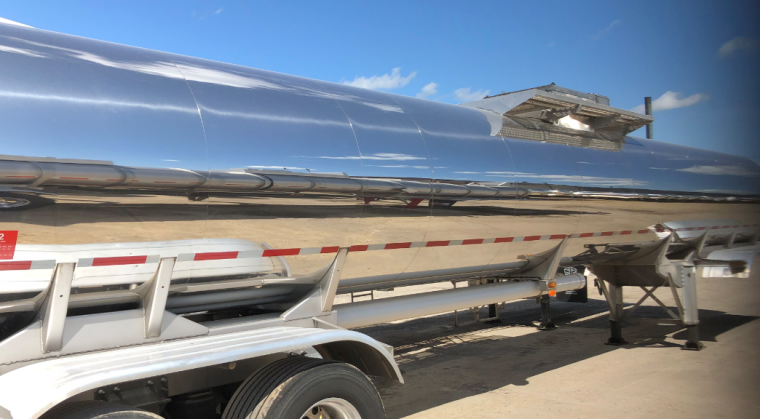Which Arc Welding Process is the Most Efficient?
This question can be answered very quickly. Gas Metal Arc Welding (GMAW) and Submerged Arc Welding (SAW) can have 98-99% deposition efficiency. However, the question is a bit more complicated since when we talk about efficiency we don’t just care about deposition efficiency (how much of the electrode becomes weld metal). What we care about […]


